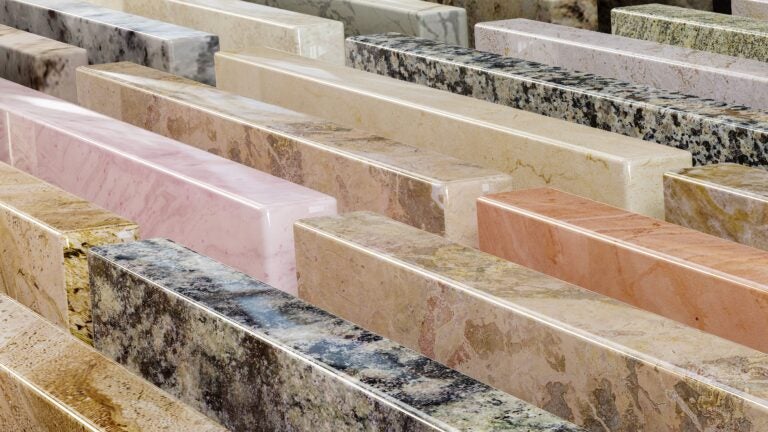Home Improvement
Plus, how to deal with garage moisture. Send your home improvement questions to [email protected].
Q. I am updating my kitchen. I learned that quartz countertops are so dangerous to workers who manufacture them that Australia is banning them. I am trying to find out which laminates do not endanger workers with silicosis [a form of occupational lung disease] and am having difficulty obtaining that information. Do you have information on this issue or know where I can obtain reliable sources, not just industry promotions? No one should die for a kitchen counter. Thanks for any help.
N.N.
A. Unfortunately, you are right that there are too many cases of workers being affected by the silicas that are inherent in working with quartz, an engineered stone, and quartzite, the natural stone. The California Department of Public Health warns that cutting, grinding, chipping, sanding, drilling, and polishing “engineered stone, quartz, granite, or other stone products” can be harmful: “These tasks put dangerous levels of silica dust into the air. You can then breathe in the dust. Engineered stone is the most dangerous. It has much more silica than other kinds of stone.” That said, it is not so much the product that is the problem; it’s those negligent suppliers and fabricators that put their workers at risk. California is cracking down on fabricators who are putting workers’ health at risk. Quartz can be created in a safe way for workers and homeowners. Some of those precautions include wet methods, dust-capture methods, and respirators. My advice would be to find a retailer who is committed to working with suppliers who make the environment and worker safety top priorities. I cannot do endorsements, but there are several in the Boston area. They sell countertops made of recycled glass and paper, concrete, and, yes, safely processed quartz. The ones I am familiar with sell cabinets, countertops, flooring, and tile, among other building products — all with an eye toward the environment and good corporate stewardship. Those would be a great place to start.
Q. In 2019, we had an addition (35 by 25) put on that includes a garage on the ground level and a bedroom, two closets, and a master bathroom above connected via a hallway. I asked the contractor about applying Drylok to the garage floor and walls. He told me to give it a year to let the cement dry out. I have now given it nearly five, and the garage is very damp. The floor shows dark spots that are damp to the touch. Any wooden furniture placed in the garage attracts green mold fairly quickly. On dry days, I open the three windows and back pass door, and the difference is significant, with a fresher smell, etc. Running a dehumidifier is not an option. Why is the cement still damp? Obviously, it’s coming from underneath, which is mostly sand and clay (we’re a quarter mile from the ocean). Would applying Drylok help at this point?
DAN
A. I think your contractor was right to give the concrete time to cure and dry out, which takes longer than most people realize. It sounds as if you have a consistently high water table that is always pushing against the concrete. A standard 6-mil vapor barrier properly installed under the concrete before it was poured should have taken care of the floor, so it’s hard to say now why that isn’t working.
In your case, I would start with the Drylok. It won’t stop leaks, but Drylok is designed to hold back general moisture penetration, which is what you seem to have. I would wait until there are cooler, drier temperatures this fall or winter, when the water table is lower and the air is drier. There will be latent moisture still in the concrete, so before applying the Drylok, I would find a way to put a dehumidifier in the space for a few days.
An inexpensive way to test for moisture in the concrete while you’re drying things out is to secure 4-6-mil plastic sheeting over a section with heavy-duty tape and leave it there for a few days. This won’t tell you the moisture content — that would require a more expensive kit and a more involved process — but it will give you some indication of the situation by the condensation and collection of droplets you find under the plastic.
What’s important here is to wait as long as you can before applying the Drylok in order to minimize the moisture content.
A far more costly but very effective alternative would be a French drain cut into the perimeter of the space and the installation of a sump pump to discharge the water before it gets high enough to press against the concrete. I would certainly try the Drylok first.
Mark Philben is the project development manager at Charlie Allen Renovations in Cambridge. Send your questions to [email protected]. Questions are subject to editing.
Address newsletter
Get the latest news on buying, selling, renting, home design, and more.
